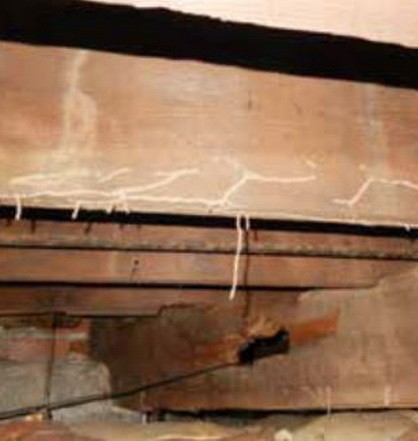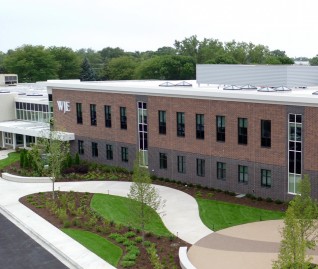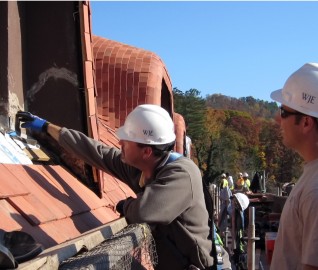
Wood treated with waterborne preservatives (such as that subjected to exterior conditions) remains in high demand in the industry. Although a popular and serviceable material, waste from treated wood is toxic and necessitates added precautions for its disposal. To reduce hazardous wastes, modified wood treatment processes provide viable alternatives for specific wood uses. Modified wood material processes, as described in this article, are non-toxic, and can provide an eco-friendlier alternative to more traditional preservative treatments. It is through the modification processes, which work on a microscopic level, that the durability of these materials (resistance to rot and insects) and dimensional stability is enhanced.
In this article, architect Timothy Crowe discusses modified wood, the effects of commonly used preservatives, and the strengths and limitations of these conventional treatment processes.
This article was originally published in the Summer 2020 issue of Licensed Architect magazine, the official publication of the Association of Licensed Architects.
RELATED INFORMATION
-
 Timothy M. Crowe, Associate PrincipalWJE Northbrook MORE >People | Timothy M. Crowe, Associate Principal
Timothy M. Crowe, Associate PrincipalWJE Northbrook MORE >People | Timothy M. Crowe, Associate Principal -
 Our professionals balance the need to provide practical, long-term solutions with the ability to... MORE >Services | Historic Preservation
Our professionals balance the need to provide practical, long-term solutions with the ability to... MORE >Services | Historic Preservation -
 Learn about our Northbrook office MORE >Offices | Northbrook
Learn about our Northbrook office MORE >Offices | Northbrook -
 Clients turn to us when they need a firm that fully understands the aesthetic and functional... MORE >Services | Building Enclosures
Clients turn to us when they need a firm that fully understands the aesthetic and functional... MORE >Services | Building Enclosures



































